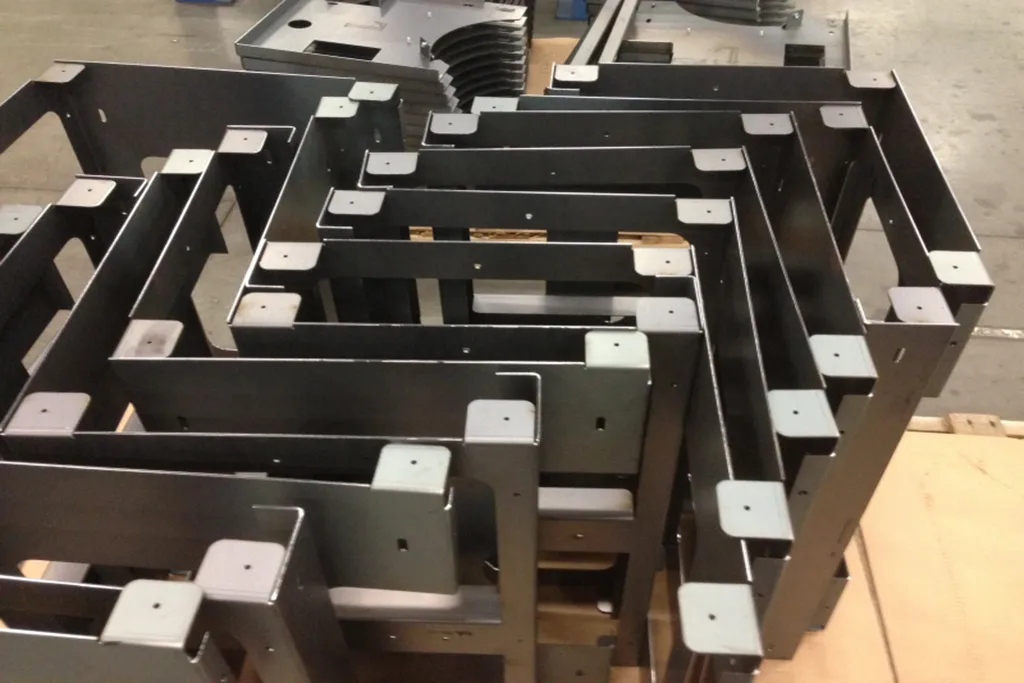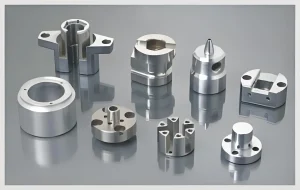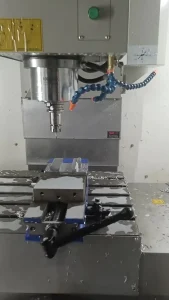Metal bending is a fundamental process in fabrication and manufacturing. It allows manufacturers to shape metal into desired forms. There are various techniques for bending metal, but three primary types stand out: air bending, bottom bending, and roll bending. Each method has unique features and applications. In this article, we will explore these three types in detail.

1. Air Bending
Air bending is one of the most common bending methods used in metal fabrication. In this process, the punch presses the metal sheet against a die. However, the punch does not contact the bottom of the die. Instead, it leaves a gap, creating an air space. This gap allows the metal to bend to the desired angle without being forced into the die completely.
Advantages of Air Bending
Air bending offers several advantages. First, it is highly flexible. You can adjust the angle easily, making it suitable for various applications. Second, it requires less force than other methods. This efficiency can extend the life of the equipment. Lastly, air bending reduces the risk of over-bending. The controlled process allows for precise angles.
Applications of Air Bending
This method is widely used for lighter gauge materials. Industries such as HVAC, sheet metal, and automotive often rely on air bending. Its versatility makes it ideal for creating complex shapes and components.
2. Bottom Bending
Bottom bending, also known as “die bending,” involves using a punch and a die that fully supports the metal during the bending process. The punch pushes the metal into the die, allowing for complete contact. This method results in a more defined angle and shape.
Advantages of Bottom Bending
Bottom bending provides high accuracy and consistency. Because the metal is fully supported, there is less chance of springback, which occurs when metal tries to return to its original shape. Additionally, this method is effective for thicker materials. The robust nature of bottom bending allows for precise bends without compromising the integrity of the metal.
Applications of Bottom Bending
This technique is commonly used in industries that require high precision, such as aerospace and defense. It is suitable for creating structural components, brackets, and enclosures. The ability to produce accurate angles makes it a favorite among engineers and fabricators.
3. Roll Bending
Roll bending is a unique method used to create curves and cylindrical shapes. In this process, the metal passes through three rollers that apply pressure and shape the material into a specific radius. The rollers can be adjusted to create different curvature levels.
Advantages of Roll Bending
Roll bending offers several benefits. It is excellent for producing large quantities of curved pieces, making it efficient for mass production. Additionally, this method allows for the bending of thicker materials without significant deformation. The rollers can handle varying metal types, making roll bending versatile.
Applications of Roll Bending
This method is widely used in industries such as construction and automotive. Roll bending is ideal for creating pipes, tubes, and curved sections of metal. Its ability to produce consistent shapes makes it invaluable in large-scale projects.
Conclusion
In conclusion, the three types of metal bending—air bending, bottom bending, and roll bending—each offer unique advantages and applications. Air bending provides flexibility and efficiency for lighter materials. Bottom bending excels in precision for thicker materials, while roll bending is perfect for creating curves and cylindrical shapes. Understanding these methods can help manufacturers choose the right technique for their projects. By selecting the appropriate bending process, you can achieve the desired shapes and ensure high-quality results in your metal fabrication efforts. Whether you’re a seasoned professional or a newcomer, knowing these methods will enhance your skills in metalworking






